- May 17, 2021
- Perspectives, Trending Topics
How Earning SAFETY Act Designation Changed the Way We Look at the World and Our Projects
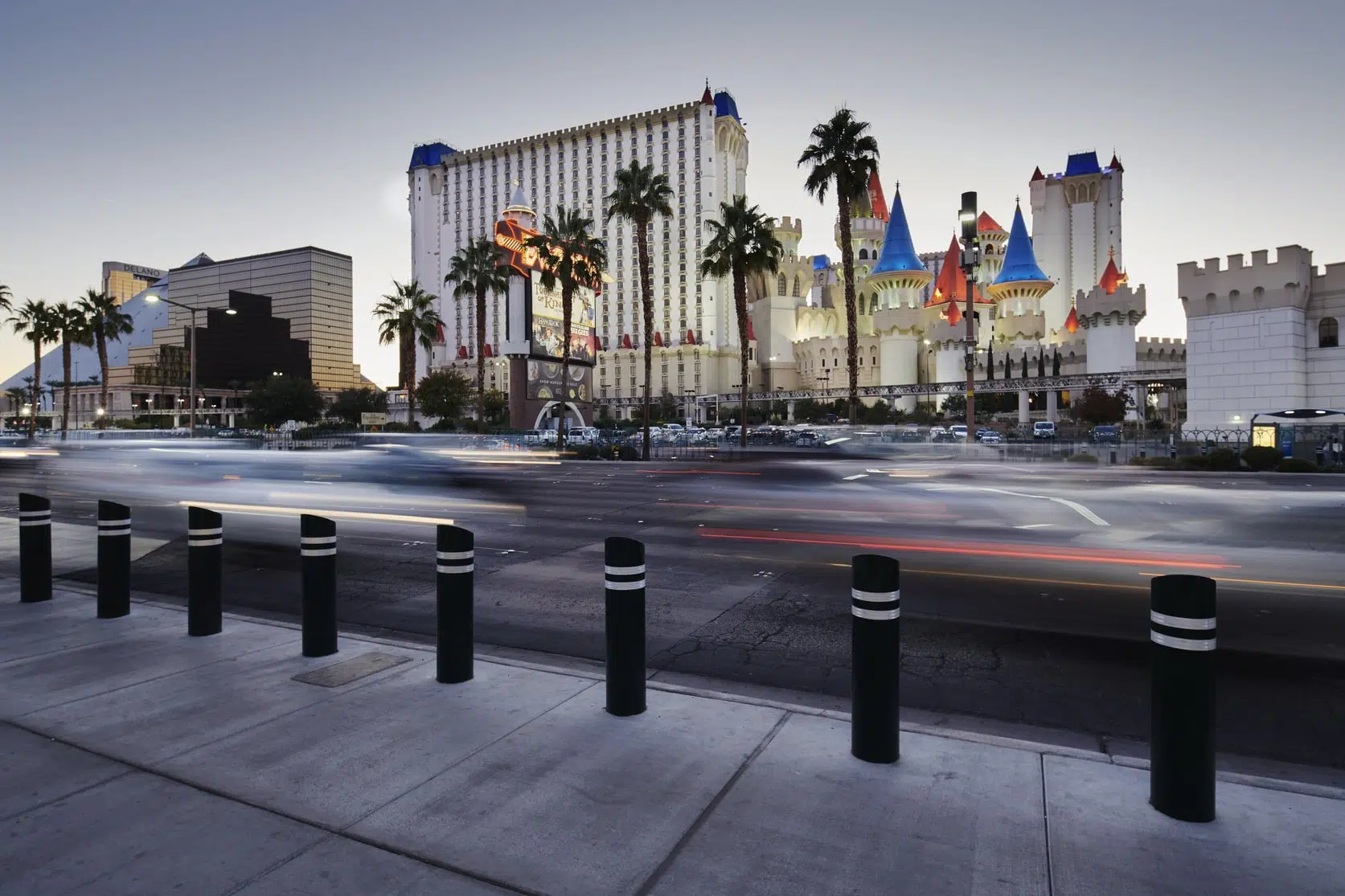

Shannon Ahartz, PE
Roadway Design & Perimeter Security Practice Leader
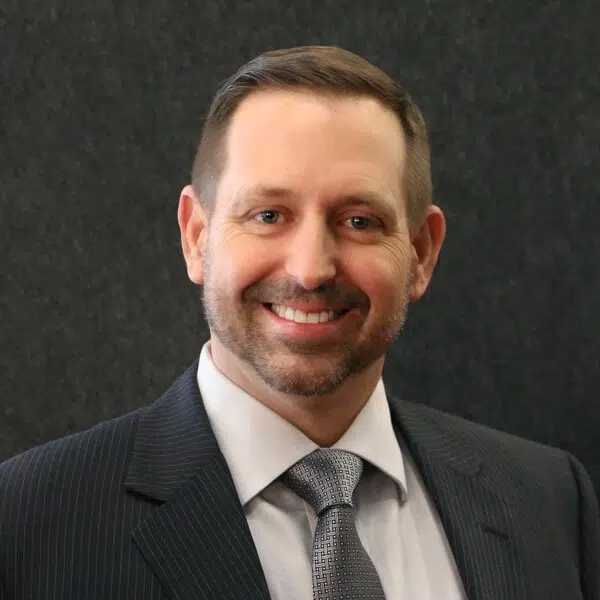
Jeff James, PE
Water/Wastewater Practice Leader

Pam Keidel-Adams
National Aviation Practice Leader
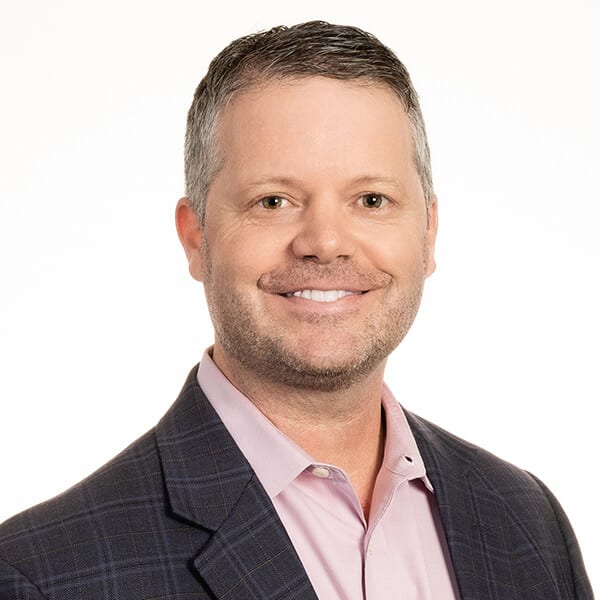
Ross Stevens, PE
Senior Development Services Program Manager
The SAFETY Act Designation
What is it and how is it beneficial to the success of my project?
Last year, Kimley-Horn was the first, and one of very few engineering firms to complete the rigorous process of earning SAFETY Act Designation from the U.S. Department of Homeland Security. This status indicates that our professional planners, designers, and engineers are well-versed in methodologies and practices that help protect people and sensitive infrastructure from terroristic threats. While protection from terroristic vehicle strikes is emphasized in the designation, buildings and people must be protected from other unseen or unrecognized vulnerabilities as well.
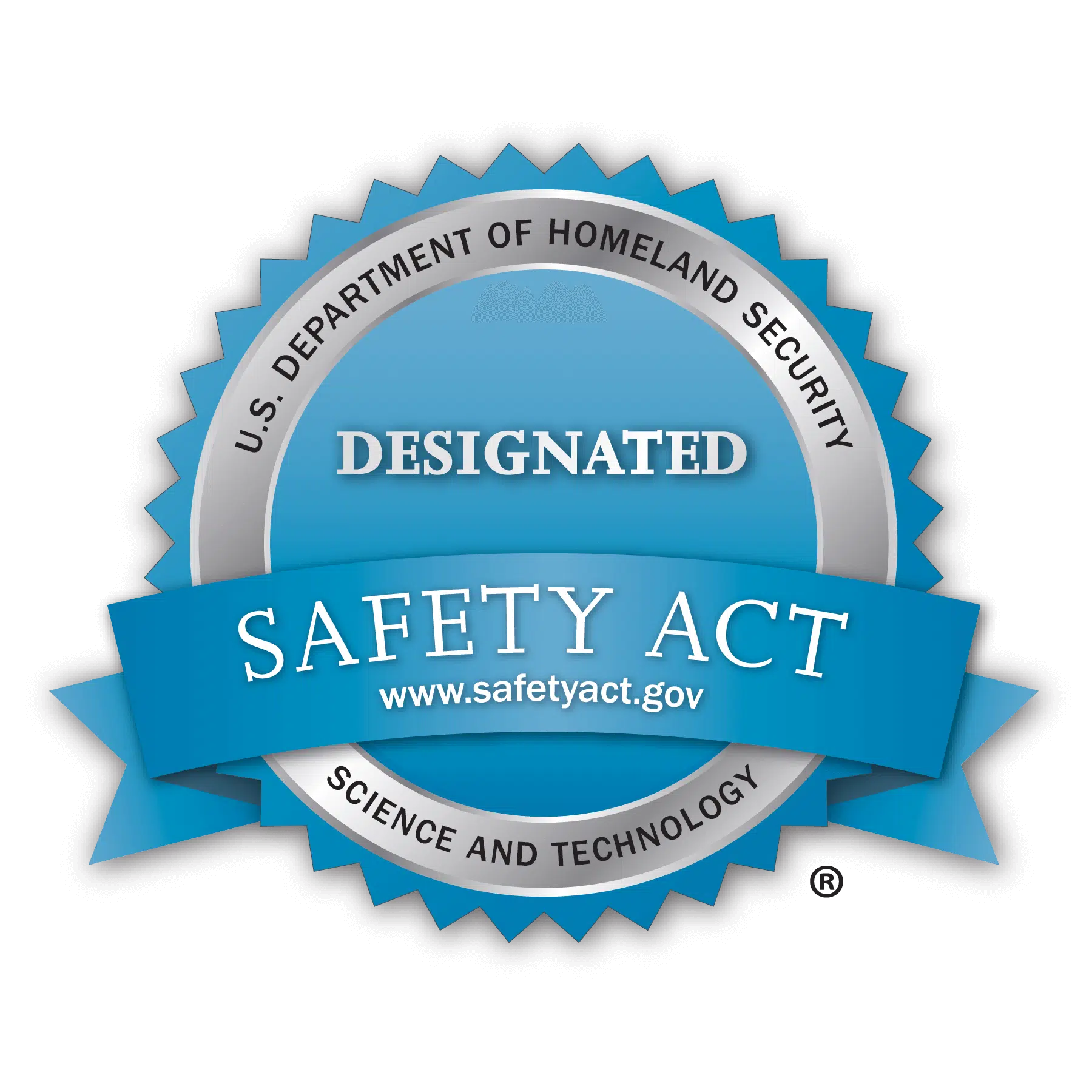
Facilities of all types have significant liability and may be prone to damage from an intentional or unintentional vehicle collision:
Kimley-Horn’s SAFETY Act Designated Threat Mitigation Consulting Services can identify risks, provide recommendations, and design infrastructure to help protect people and places from these threats. Nearly everywhere we go, we are hyperaware of incidents waiting to happen. And because we’re also engineers and planners, we can’t help but think about simple improvements that would save lives and better protect critical property and infrastructure.
Focus on Protecting Against Vehicle-Based Threats
What led to Kimley-Horn seeking this designation? What considerations should I make when beginning new projects?
Vehicles as Ramming Instruments
Unfortunately, intentional vehicle-based attacks are on the rise. According to a 2019 report by the Transportation Security Administration (TSA), from 2013 through 2017, terrorists in the U.S. and Western Europe carried out 25 vehicle ramming attacks, resulting in 156 fatalities and 790 injuries. Sixteen of these attacks happened in 2017 alone. A July 2020 New York Times report states that from May 25 through July 7, 2020, there were at least 66 car attacks in the U.S. In public spaces nationwide, bad actors quickly wreak havoc with a car or truck by intentionally colliding with people or structures. These attacks cause major injuries and death, as well as dramatic damage to essential infrastructure. Since vehicles are essential to daily life and easy to access, these threats are increasingly common and difficult to detect and prevent.
Errant Vehicles
In addition to intentional ramming attacks, unintentional errant vehicle collisions are also on the rise and pose significant threat to life and property. According to the Storefront Safety Council, every day, an average of 60 vehicles enter a storefront due to driver inattention, intoxication, or health concerns—resulting in an average of more than 4,000 injuries and 500 fatalities annually. Many retail locations, hotels, and restaurants have glass-fronted entryways that offer little to no protection from a vehicle that may have unintentionally turned off the roadway. The proximity of storefronts to parking means a momentary slip while driving can cause great risk to the building and anyone inside.
According to the National Safety Council (NSC), the preliminary estimate of total motor-vehicle deaths for 2020 is 42,060—up 8% from 39,107 in 2019. Collisions between vehicles accounted for 72% of all incidents, but less than half of fatal crashes. Conversely, single-vehicle crashes involving collisions with fixed objects, pedestrians, and non-collisions (i.e. rollovers), accounted for a greater proportion of fatalities. These three crash types made up 55% of fatalities and 57% of fatal crashes, but only 25% or less of injuries, injury crashes, or all crashes.
Know Your Common Safety Risks and Liabilities
What do I need to be concerned about? Where should I focus my risk mitigation efforts in the coming years?
Through the process of obtaining our SAFETY Act Designation, we’ve continued to look at our work with a fresh perspective on safety. We learned that many of our clients’ projects could benefit from a SAFETY Act Threat Mitigation Consulting Services review. Here are some practical examples of common safety risks to facilities across industries that can be addressed through Threat Mitigation Consulting Services.
For Commercial Developments
Retail
Retail locations are often located only a few feet from a roadway or parking site and feature large glass windows to entice customers inside. While these features are excellent for accessibility and aesthetics, they offer the least protection against a vehicle incursion.
Restaurants
Many restaurants offer outdoor dining, sometimes with no separation from the parking lot or road, or with only decorative fencing. This practice has become even more prevalent in the past year due to indoor dining capacity restrictions in many cities across the nation. A driver unintentionally hitting the accelerator on the road nearby could be dangerous to diners.
Data Centers
Data centers house confidential or valuable information that may make these sites targets for planned attacks. An intentional or unintentional vehicle impact could permanently damage both the site and customer data.
Telecommunications Sites
Many telecommunications structures that provide critical connectivity to communities are protected only with chain-link fencing and are near roadways.
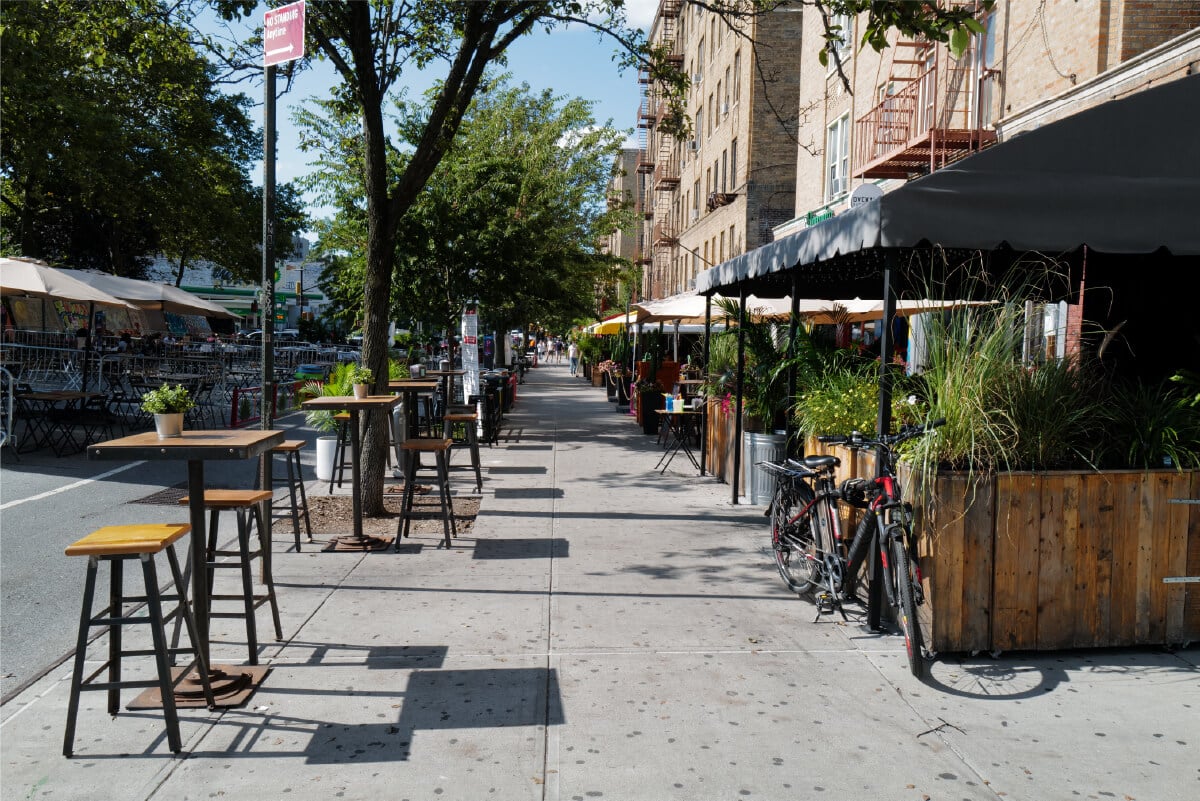
For Airports
Terminal Entry Facilities
While security at airports has increased, many entry facilities have large glass-front doors to accommodate high numbers of travelers. Airports are both possible terrorist targets and prone to vehicle collisions, which can damage infrastructure and injure large numbers of people.
Baggage Claim
Many airports locate baggage claim facilities near large windows on the ground floor, outside of airport security. Large groups of travelers collect in these areas, which may be soft targets for terrorist attacks.
Airport Operations Areas
It is imperative that vehicles be kept off airport property including taxiways, runways, and aprons. Many airports are surrounded by basic fencing that a vehicle could easily drive through or over, causing damage to aircraft, critical infrastructure, and people.
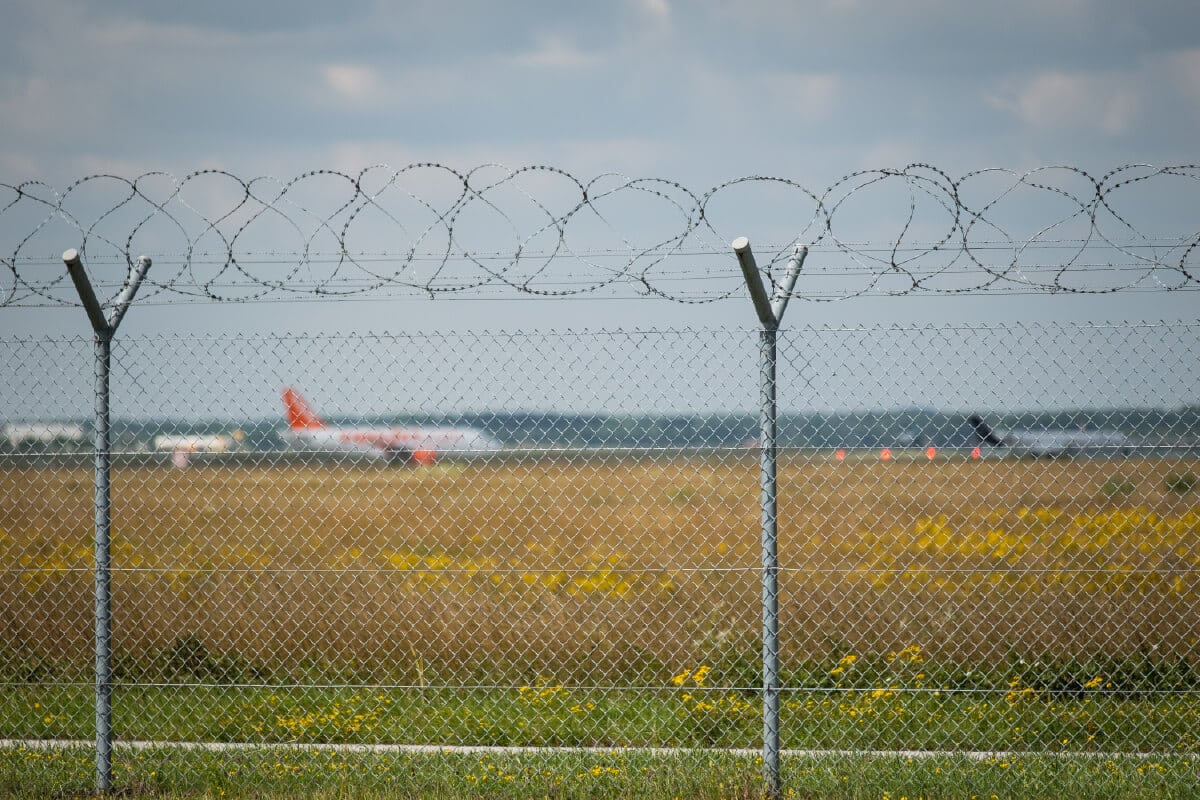
For Water Utilities Facilities
Conveyance, Storage, and Treatment Facilities
Millions of people rely on water utilities for safe and reliable water. These facilities are prime targets for terroristic threats, but even an unintentional collision could hamper the ability to safely treat water. Identifying and adding safety improvements to these facilities is part of the America’s Water Infrastructure Act (AWIA) risk and resiliency plan preparation that Kimley-Horn has performed for many clients.
Pump Stations and Storage Tanks
These essential facilities may be targeted for intentional attacks and are often located near easily accessible public roadways with minimal fencing and without other security measures.
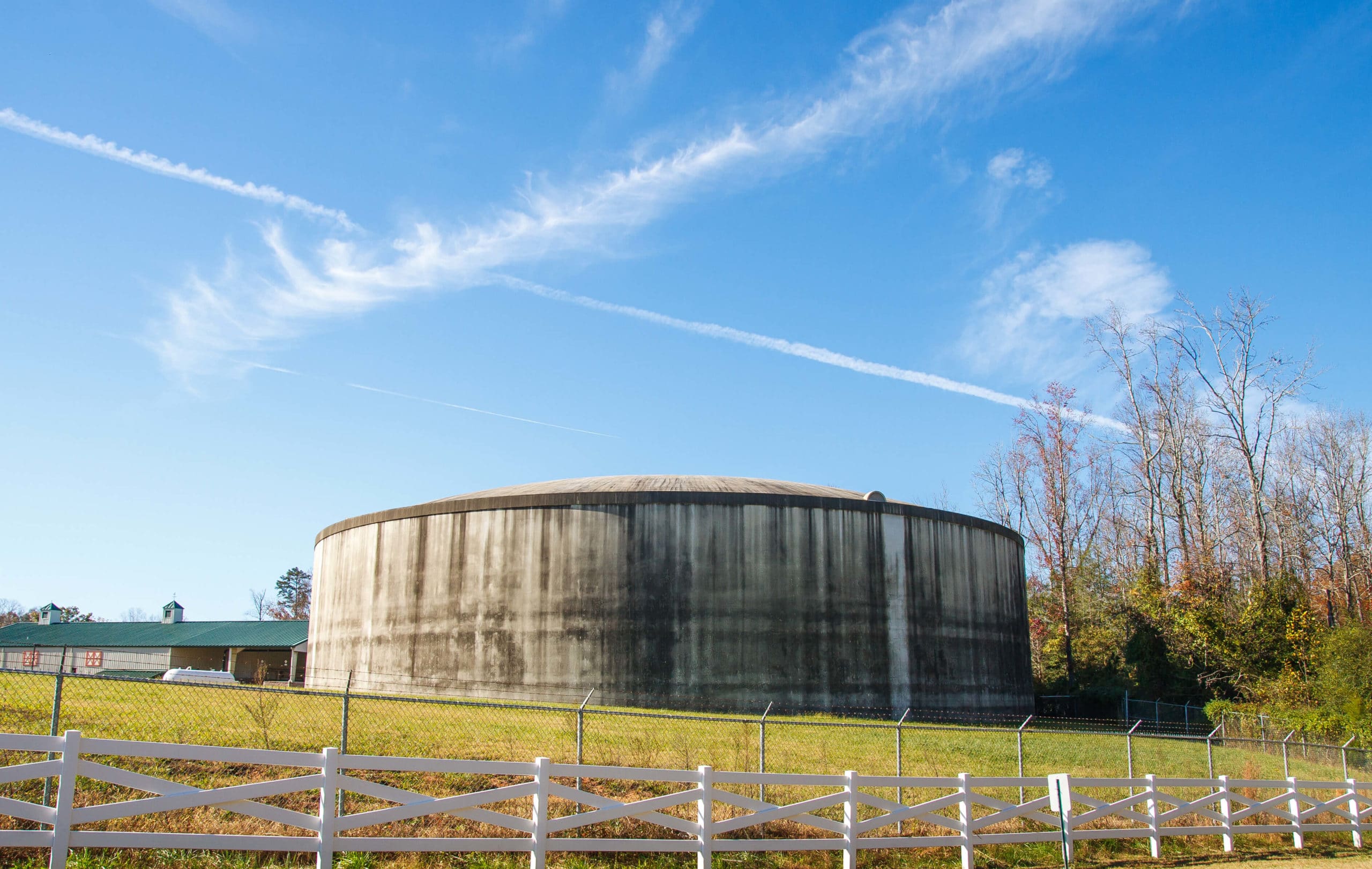
For Public Spaces
Parks
From open lawns to play spaces and trails, parks—many without infrastructure to prevent an errant vehicle from colliding with visitors—attract large gatherings of people.
Roadways
Cities have to balance the needs of both vehicles and pedestrians and some active roadways—such as the Las Vegas Strip—have large pedestrian facilities nearby. These areas are at very high risk for both terroristic attacks and unintentional collisions with pedestrians. Additional roadway uses such as farmers’ markets, parades, and festivals mean that people are occupying space that is accessible to cars. Many of these spaces are unprotected, or marked off only by construction barrels, presenting dangerous liabilities.
Entertainment Centers
Entertainment centers such as amphitheaters, venues, sports facilities, outdoor malls, or theaters accommodate large gatherings of people and are increasingly targeted for terroristic attacks. These facilities may also be at increased risk of unintentional strikes caused by intoxicated drivers.
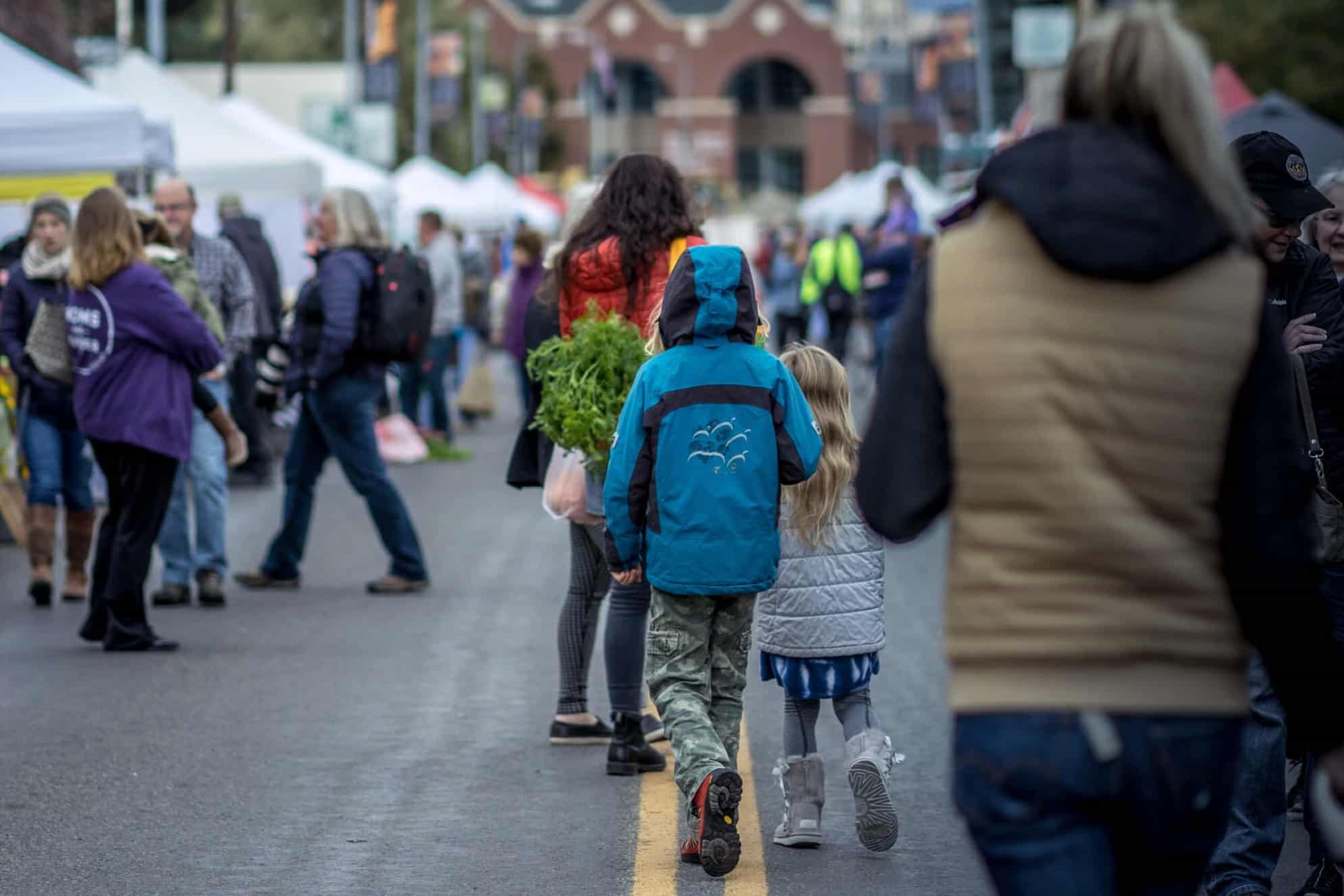
Ways to Improve Safety
How can I get the conversation started?
Many types of facilities can benefit from Threat Mitigation Consulting Services, where our experienced safety professionals review existing and proposed infrastructure for potential risks to sensitive areas and assess the relative protection of the facility’s design. Our team develops tailored mitigation strategies, such as traffic calming plans, entry drive reorientation, roundabout additions, speed humps, gates, or bollards. Other mitigation measures such as the use of hardened street furniture (i.e. planters), bike racks, and benches can be effective at protecting property and increasing safety. Creating elevation changes between vehicle paths and the traveled paths of pedestrians or the floor elevations of adjacent buildings is another approach that can be considered. Our SAFETY Act Designated services help clients across sectors prioritize improvements and design infrastructure to mitigate potential threats, prevent injuries, protect property, and save lives.
Contact our SAFETY Act Designated team for more information on improving the safety of your facility.
About the Authors

Shannon Ahartz, PE
Roadway Design & Perimeter Security Practice Leader
Shannon has more than 29 years of diverse experience managing and designing transportation and infrastructure projects, including arterial roadways, complete streets, downtown streetscapes, pedestrian facilities, and security features to protect pedestrians from hostile and errant vehicles, including the Las Vegas Boulevard Security Bollard Project. In addition to the high-profile project on the Las Vegas Strip, Shannon managed the design and construction of the perimeter security project for the T-Mobile Arena and the MGM Park Plaza projects in Las Vegas He is also a second-term committee member and Vice Chair of the Southern Nevada Regional Transportation Bus Stop and Bench Advisory Committee, which reviews crashes from errant vehicles at bus stops and recommends improvements.

Jeff James, PE
Water/Wastewater Practice Leader
Jeff has more than 29 years of experience with all aspects of water and wastewater infrastructure. He has considerable knowledge of water and wastewater treatment, distribution, and collection lines; water storage and pumping facilities; and utility relocations. Jeff has partnered with clients on projects involving capital improvement planning, master planning, funding sources, value engineering, alternative construction methods and safety evaluations. His knowledge of the utility industry and its clients, contractors and equipment suppliers, provides a unique perspective and added value to any project. Jeff is an active member of AWWA and WEF.

Pam Keidel-Adams
National Aviation Practice Leader
Pam’s aviation planning experience spans more than 30 years, progressing to a national leadership role and achieving industry recognition for her contributions to the aviation planning field. She has served as a trusted advisor to state aviation organizations for many years, as well as to the FAA during the development of the agency’s most recent research portfolio for aviation planning. She has led master plans for commercial service and general aviation airports, economic impact analyses, public and stakeholder outreach, and database management tool development. Pam also has participated in more than 60 system planning assignments in more than 35 states. She has participated in planning assignments in all the regional airport offices of the FAA. Pam is Chair of the Transportation Research Board’s Aviation Group and member of the Technical Activities Council.

Ross Stevens, PE, LEED AP
Senior Development Services Program Manager
Ross directs retail, commercial, industrial, and residential land development projects involving site planning, zoning, and special use permits; development of construction plans; off-site improvements; utility relocations; permitting; and construction phase services. With more than 19 years of design and management experience across multiple states and municipalities, Ross provides an understanding of development challenges which allows him to bring a unique perspective to a project and help develop creative solutions. Ross is currently working on several mission critical/data center projects which require special design regarding site security.
